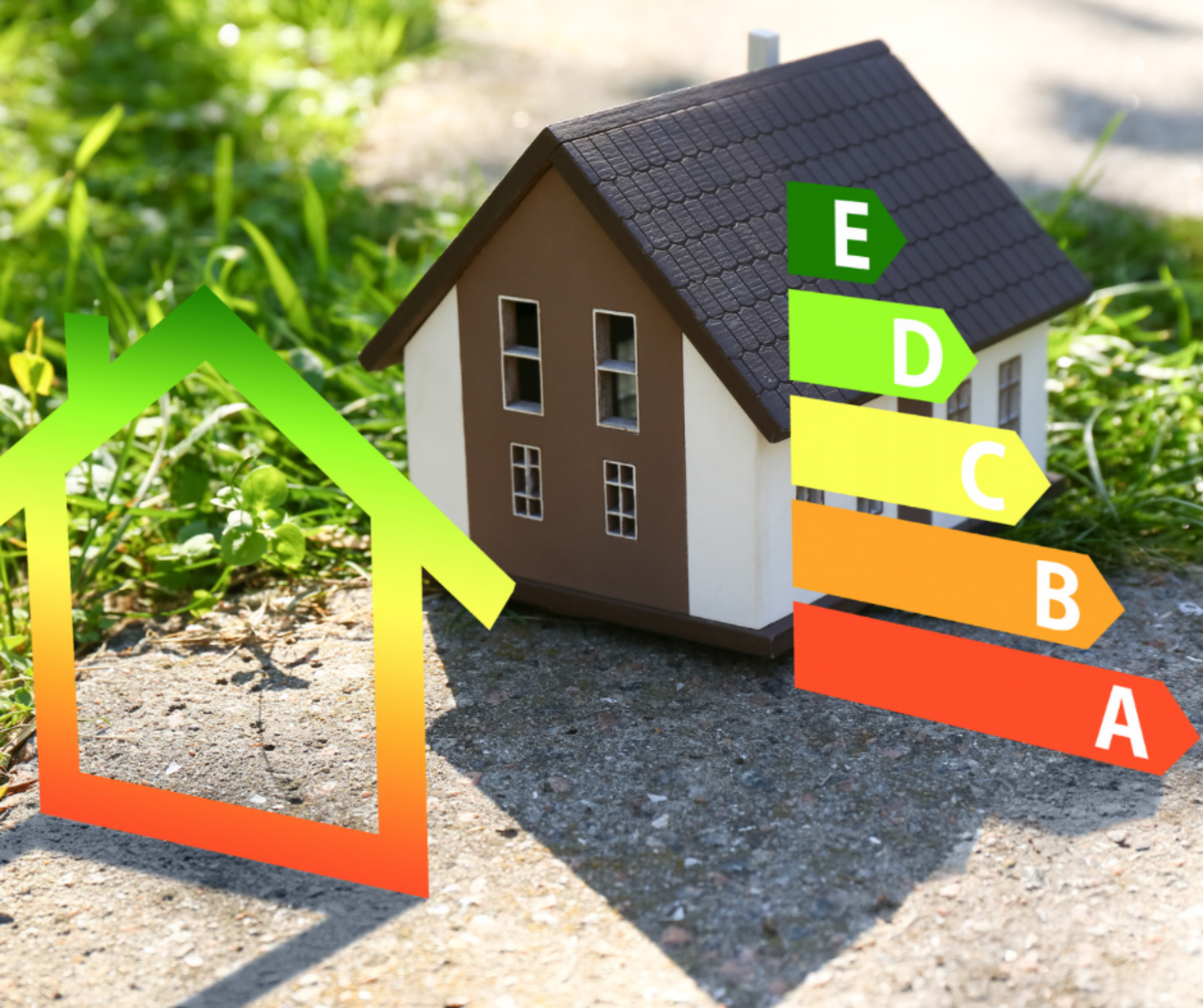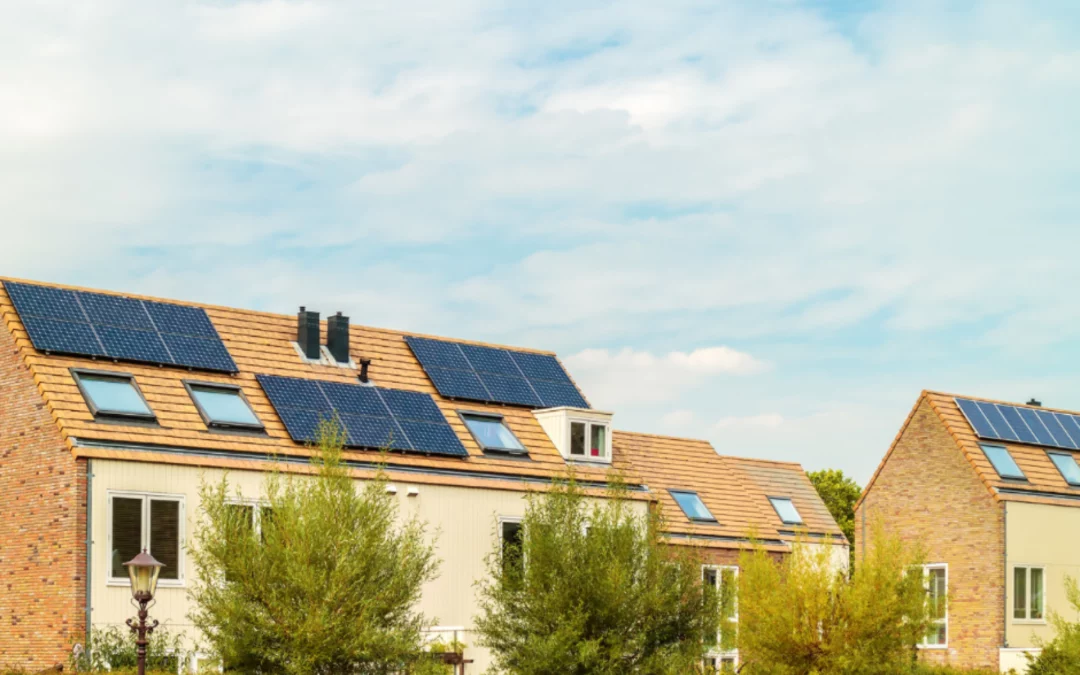Building a sustainable home or extension
Designing a sustainable home or extension involves incorporating various features that promote energy efficiency, reduce environmental impact, and enhance overall sustainability. Here are ten features you may consider including:
Passive Solar Design
Orienting the building to maximize natural light and heat gain during winter while minimizing it in summer can reduce the need for artificial lighting and heating.
High-Quality Insulation
Opt for well-insulated walls, roofs, and floors to minimize heat transfer, reduce reliance on heating and cooling systems, and maintain a comfortable indoor temperature.
Energy-Efficient Windows
Install energy-efficient windows with low-emissivity (low-E) coatings and insulated frames to prevent heat loss or gain, improve natural lighting, and reduce energy consumption.
Renewable Energy Systems
Incorporate renewable energy sources such as solar panels, wind turbines, or geothermal systems to generate clean electricity and potentially offset energy consumption.
Rainwater Harvesting
Collect rainwater from the roof and store it for non-potable uses like toilet flushing, laundry, or irrigation. This reduces the strain on local water supplies.
Efficient Water Fixtures
Install water-efficient fixtures such as low-flow toilets, faucets, and showerheads to conserve water and reduce water bills.
Efficient Heating and Cooling Systems
Choose energy-efficient heating, ventilation, and air conditioning (HVAC) systems that use less energy and have programmable thermostats for optimal temperature control.
Natural Ventilation
Design the home with cross-ventilation and strategically placed windows to encourage natural airflow, reducing the need for mechanical ventilation and cooling.
Sustainable Materials
Select eco-friendly and locally sourced materials that have a lower environmental impact, such as recycled or reclaimed materials, sustainably harvested wood, or low-VOC (volatile organic compounds) paints.
Smart Home Technology
Integrate smart home systems that enable energy monitoring, automated lighting and temperature control, and optimize energy usage based on occupancy and real-time data.
Remember, the specific features and their feasibility may vary based on your location, budget, and personal preferences. Consulting with an architect or sustainability expert can provide valuable insights tailored to your project.
By partnering with PSK Architect, you can benefit from their expertise, creative design solutions, and commitment to sustainability, ultimately resulting in a well-designed, energy-efficient, and environmentally conscious home.


